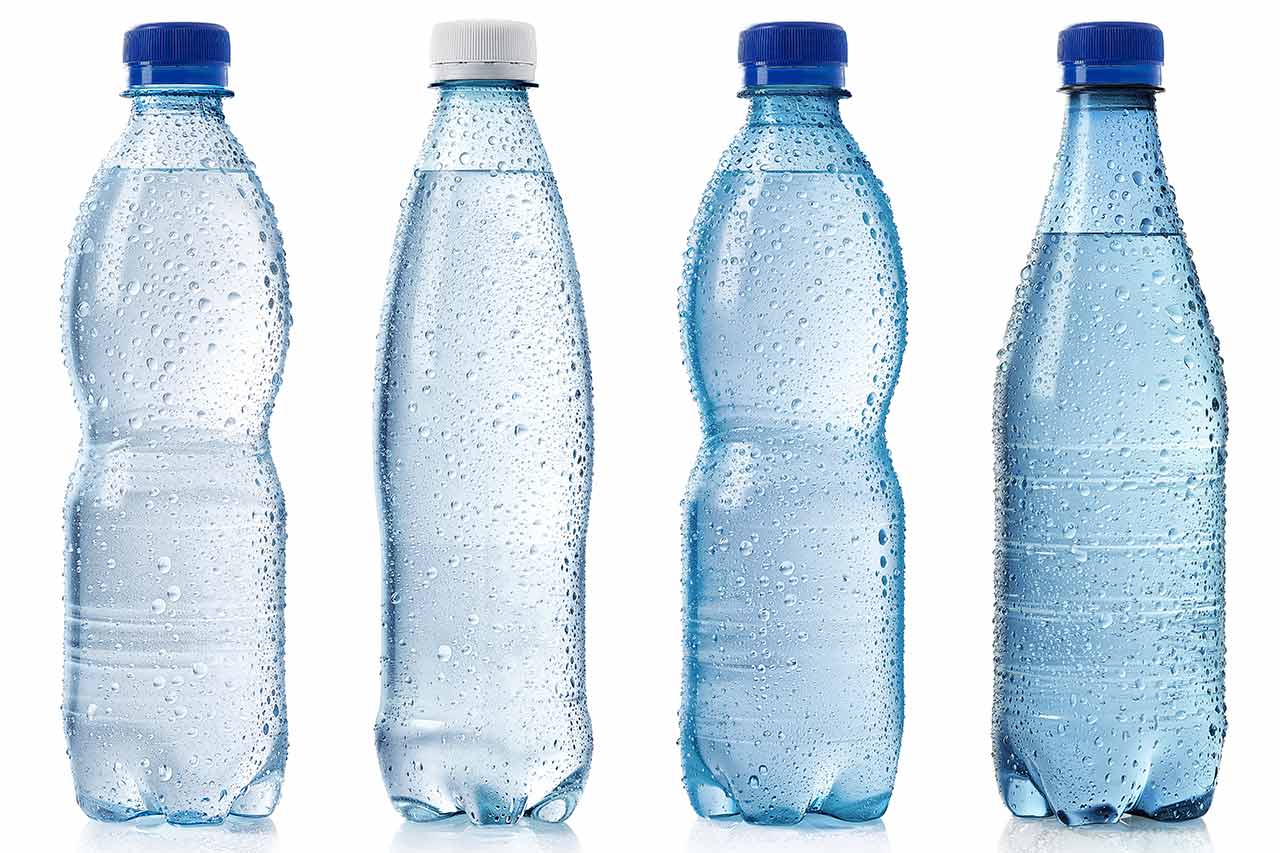Plastic bottles with a bright future

Alcimed, a consulting company specializing in innovation and the development of new markets, offers an overview of key innovation trends in the field of PET plastic bottles for beverages.
There are six major trends behind the latest innovations in the plastic bottle sector: lighter packaging, the creation of innovative designs, improved energy performance during production, improved barrier and antimicrobial properties, improved end-of-life bottle management and the development of new functionalities.
The main driving force behind this dynamic of innovation is the improvement of the economic and/or environmental performance of the packaging. At the same time, the creative divisions in the sector are also mobilizing their resources to enrich the consumer experience related to this product, now commonplace in our daily lives.
Three major trends are currently generating many paths of discovery in the laboratories of academic facilities and driving the creation of start-ups. Tomorrow, the ideas could transform into industrial developments and finally lead to the commercialization of consumer solutions.
- – Improving barrier properties is an important topic in research focused on food packaging. More specifically, researchers are searching for ways to improve the barrier properties against gases such as CO2 or O2, testing methods such as adding a layer of nanocrystals or including bacteria capable of absorbing certain gases in the intermediate plastic layers.
- – Improving end-of-life management of packaging is both a constraint as well as an opportunity to rethink plastic bottles. Several issues must be addressed: the facilitation of sorting, cleaning, and recycling multi-component packages, as well as the identification of relevant raw material recovery channels for both food and non-food applications.
- – The development of new functionalities: in line with the trend of intelligent packaging, there are many examples of bottles incorporating sensors connected to digital applications. These packages go beyond the traditional functions normally attributed to them – seducing, communicating and informing, containing, protecting and preserving, facilitating use – to encourage new practices such as better daily hydration.
The three other trends behind the latest commercial launches in plastic bottles are linked to the optimization of existing systems.
- – The weight of the package may be reduced using 4 main measures: the use of innovative materials as a substitute for traditional materials, the implementation of new industrial processes to optimize the material quantity distribution, the creation of new packaging formats that are more economical in terms of material and, finally, the removal of some packaging components such as the label or the overwrap.
- – Creating innovative bottle designs aims to increase the attractiveness of the packaging to reach a larger number of consumers. The related innovations are based on new extrusion and blow-molding technologies which make it possible to create shapes previously technically unobtainable (e.g., wide neck bottles, handle inclusions). They may also involve the use of additives to improve the finish and feel of the bottles, or design software to create both surface and 3D effects that alter the visual and tactile features of the bottles.
- – Improving the energy performance of the bottle manufacturing process is an objective for manufacturers who wish to make financial savings and communicate on the durability of their products. The increased performance can be achieved by using materials or additives with low energy consumption, the integration of recycled components or the use of new heating or cooling systems.
The perspective
In France, one million tons of packaging are used by consumers, 40% of which are plastic bottles and vials. Only 20% of post-consumer plastic waste is recycled. The issue of improving the end-of-life of these packages is therefore crucial, and all avenues of innovation are welcome to help change the situation.
Some unusual leads have emerged, such as the discovery of larvae capable of consuming polyethylene at high speed: the authors of this discovery are now seeking to identify the molecular process at the origin of this natural degradation in order to isolate the enzyme responsible. If this research is successful, it could be a particularly promising innovation to eliminate plastic waste that pollutes the planet’s terrestrial and marine environments.